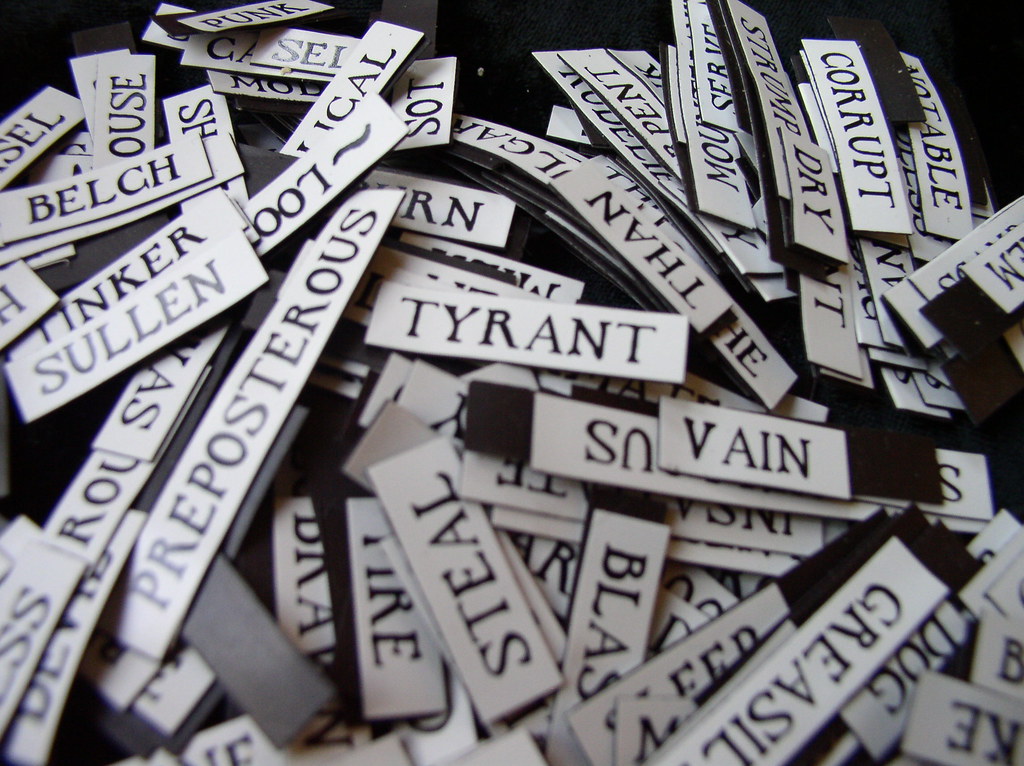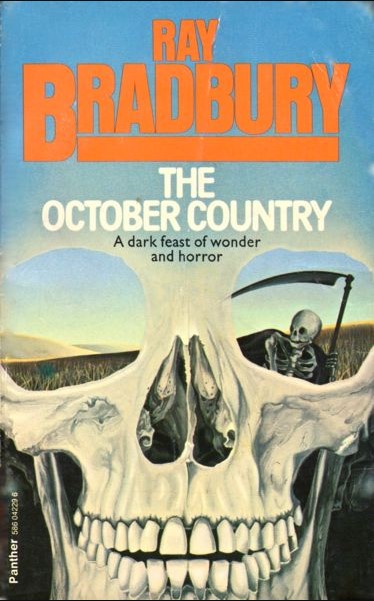Many people struggle with the difference between homonyms, homophones, and homographs. It’s not too much to say that the English language is difficult. But, hopefully, today we can learn to distinguish between each of them and look at the similarities and differences between each.
What are Homonyms?
A homonym is a blanket statement that describes both homophones and homographs, which might be the reason it has caused confusion on more than a few occasions. We can look at homonyms as a blanket term. It covers the two other terms on this list.
As defined, homonyms are words with different meanings but can spelled or pronounced in different ways. Thus, this is the blanket meaning I was talking about, and we can stack this term at the top of our understanding.
What are Homophones?
The first type of homonym is a homophone. Homophones sound alike but have different spellings. For example: to, too, two. But, in a more academic mindset, we can look at homophones as two or more words that differ in their meaning and spelling but are pronounced the same.
The sound is there with a homophone, but the meaning is not.
Other examples include:
- Night – Knight
- Not – Knot
- New – Knew
What are Homographs?
The second type of homonym is a homograph. Homographs are spelled the same but they have different meanings. “Graph,” the root word in homograph, in this instance, means a chart that is written on a page or drawn, so we know these words are written the same.
Let’s just focus on that for a moment.
To Lead (long e sound) someone is to direct someone or to show them the way. Lead (with the short e sound), meanwhile, is just a heavy piece of metal. Lead is spelled the same in both instances but they both have different meanings. In this way, they are spelled alike but they sound different.
Other examples include:
- Bow (as in bend) and Bow (as in an archer’s bow)
- Bass (as in the fish) and Bass (as in the instrument)
- Present (as in right now) and Present (as in a gift for someone)
Conclusion
Try to look at it this way:
You go to sleep at night and throw a blanket over yourself. The blanket is the homonym and covers your body and your legs.
Your body is a homophone and your legs are the homograph. Now you have a visual representation. You just have to remember that homophones are to, too, and two, while homographs are words that are spelled and sound the same but have different meanings, like bow and bow.
If you can master these principles, then you can start mastering your own writing voice as well!
Discover more from The Writing Post
Subscribe to get the latest posts sent to your email.



